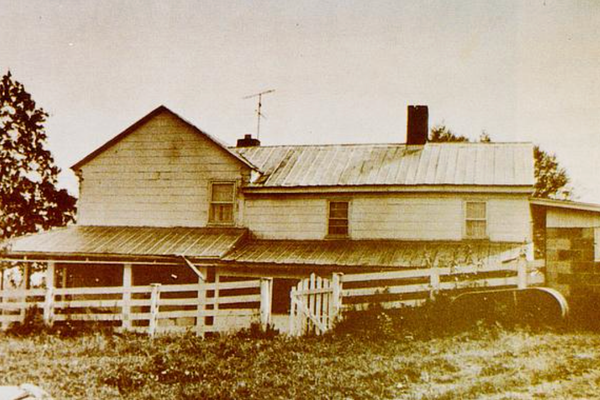About
Two hundred years ago, the village of Ogletown was here. Now all that's left is the tombstone of its founder, and it's stuck inside a cloverleaf interchange.
Sometime in the 1730s, Thomas Ogle moved to this spot on the road between Newark and New Castle. His family stayed in the area, and the village of Ogletown grew up around their home. By the late 1800s, Ogletown had a post office, a store, and a handful of houses.
By the mid-20th century, though, the suburban sprawl of northern Delaware had caught up to the place, and it was swallowed up into a complex of strip malls and cul-de-sacs growing east out of Newark. Route 273 was still called Ogletown Road, but everyone seems to have forgotten about the village.
Then in 1987, the state decided to expand the highway and put in an interchange where the village once was. They had to demolish a gas station and a Dairy Queen, and sent out archeologists to look at the excavations. Among the arrowheads and potshards on the roadside, they found a slab of stone protecting the remains of Thomas Ogle, who had died in 1771.
Since bypasses are bypasses and must be built, they moved the grave to the median inside the northwest cloverleaf, where you can go see it today if you know where to look. There's no historical marker, just a raised brick tomb and a replica of the original stone inscribed with this epitaph:
"Glass is run, Work is done
Dead I lie under Ground
Entombed in Clay until the Day
I hear the trumpet sound."
Related Tags
Know Before You Go
To get to the gravesite, cross to the north side of Route 4 just east of the Route 273 North onramp. The grave is under some trees in a grassy area about 10 meters north of the curb.
Published
February 16, 2018






















